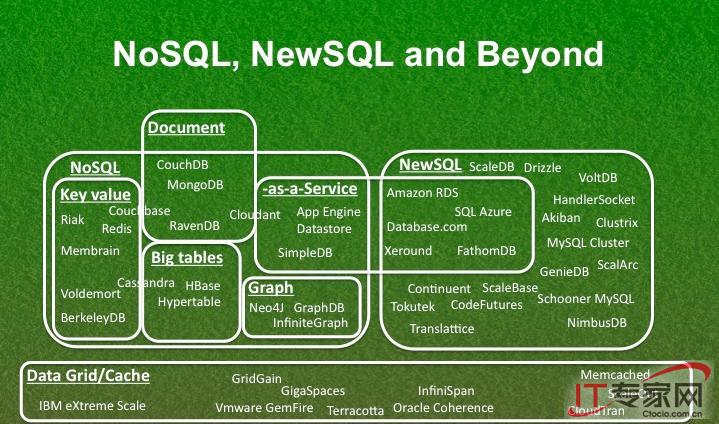Protected database search systems cryptographically isolate the roles of reading from, writing to, and administering the database. This separation limits unnecessary administrator access and protects data in the case of system breaches. Since protected search was introduced in 2000, the area has grown rapidly; systems are offered by academia, start-ups, and established companies. However, there is no best protected search system or set of techniques. Design of such systems is a balancing act between security, functionality, performance, and usability. This challenge is made more difficult by ongoing database specialization, as some users will want the functionality of SQL, NoSQL, or NewSQL databases. This database evolution will continue, and the protected search community should be able to quickly provide functionality consistent with newly invented databases. At the same time, the community must accurately and clearly characterize the tradeoffs between different approaches. To address these challenges, we provide the following contributions: 1) An identification of the important primitive operations across database paradigms. We find there are a small number of base operations that can be used and combined to support a large number of database paradigms. 2) An evaluation of the current state of protected search systems in implementing these base operations. This evaluation describes the main approaches and tradeoffs for each base operation. Furthermore, it puts protected search in the context of unprotected search, identifying key gaps in functionality. 3) An analysis of attacks against protected search for different base queries. 4) A roadmap and tools for transforming a protected search system into a protected database, including an open-source performance evaluation platform and initial user opinions of protected search.
翻译:保护性数据库搜索系统 保护性数据库搜索系统 加密地将阅读、写作和管理数据库的作用隔离开来。这种隔离限制管理员不必要地访问系统,并在系统被破坏时保护数据。自2000年实行保护搜索以来,该地区迅速发展;系统由学术界、新开办单位和已建立的公司提供;然而,没有最佳的保护性搜索系统或一套技术。但是,这些系统的设计是安全、功能、性能和可用性之间的平衡。通过不断的数据库专业化,这一挑战变得更加困难,因为一些用户需要SQL、NoSQL或新SQL数据库的功能。这一数据库将继续发展,受保护的搜索界应能够迅速提供与新创建的数据库一致的功能。与此同时,社区必须准确和明确地说明不同方法之间的权衡。为应对这些挑战,我们提供以下意见:(1) 查明各数据库范例之间重要的原始操作。我们发现,可以使用和合并的少量基础操作支持大量数据库模式。(2) 在执行这些数据库过程中,对当前受保护的用户搜索系统现状的评估将继续下去,在实施这些数据库的搜索过程中,对数据库进行一项受保护性搜索分析。


